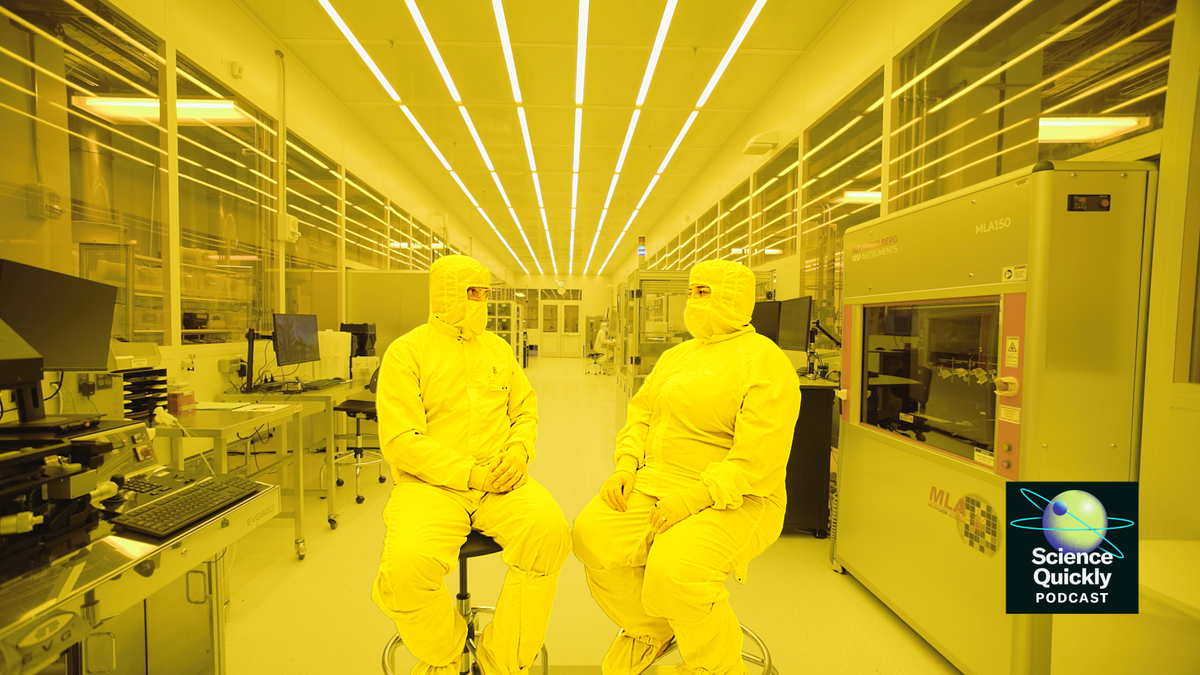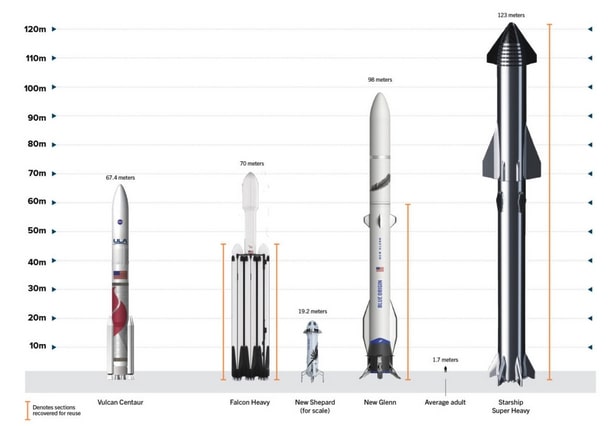Now Reading: Exploring Science and Engineering Breakthroughs at MIT’s Nanoscale Clean Room
-
01
Exploring Science and Engineering Breakthroughs at MIT’s Nanoscale Clean Room
Exploring Science and Engineering Breakthroughs at MIT’s Nanoscale Clean Room

Fast Summary:
- MIT.nano Lab: A state-of-the-art nanotechnology research facility at MIT focusing on nanoscale science and applications.
- Cleanroom Standards: The lab maintains Class 100 air quality, reducing dust particles to one in 10,000 compared to the outside habitat by replacing air every 15 seconds.
- research Scope: Supports around 1,500 researchers from diverse fields including medicine, quantum computing, microelectronics, and photonics. Nearly one-fifth of MIT’s research relies on this facility.
- Importance of Nanoscale: Essential for understanding molecular structures like DNA (2 nanometers wide), creating advanced semiconductors (e.g.,OLEDs),and exploring biological processes at a detailed level.
- Technological progression: The ability to observe atoms emerged in the late 1980s; advancements in imaging and fabrication tools since then have revolutionized nanoscale engineering.
- key Tools Discussed:
– Transmission electron microscopes (TEM) for atomic-level imaging using electrons instead of photons.
– Cryogenic TEMs enable biological samples like proteins to be studied without distortion through vitrification.
– Lithography tools used for creating patterns at a molecular scale for applications such as electronics or quantum bits (qubits).
- Future Prospects:
– Progress of wearable solar cells as thin as fabric for rapid decarbonization efforts.
– molecular clocks compact enough to synchronize communications with greater precision.
Indian Opinion Analysis:
The advancements showcased at MIT.nano underline the transformative potential of nanoscale engineering across various industries. For India-a nation investing heavily in innovation-this serves as a reminder of the importance of robust infrastructure like state-of-the-art laboratories that support multidisciplinary research. With ongoing efforts such as India’s National Nanoscience Initiative, ther is notable opportunity to leverage similar breakthroughs domestically.The focus on solar technology also resonates strongly with India’s renewable energy goals under its commitments toward climate change mitigation. Innovations like lightweight solar fabrics could revolutionize deployment speed and costs, aligning well with projects such as “One Sun One World One Grid.” Moreover,applications involving advanced medical diagnostics or next-gen semiconductors hold critical value for sectors ranging from healthcare accessibility to tech sovereignty.
To fully capture these benefits,India must continue strengthening international collaborations while developing indigenous capabilities akin to institutions like MIT.nano. Nurturing local expertise alongside access to cutting-edge tools will be essential in competing globally within this rapidly evolving domain.























